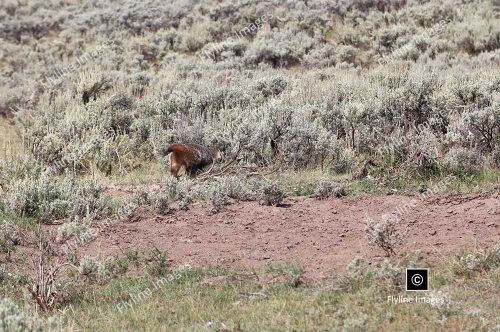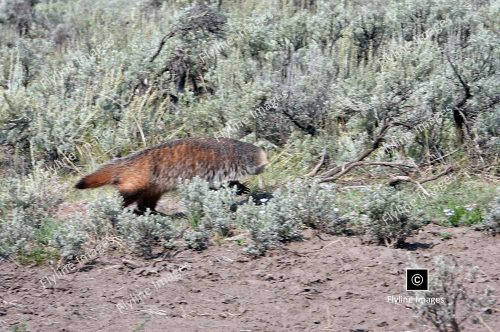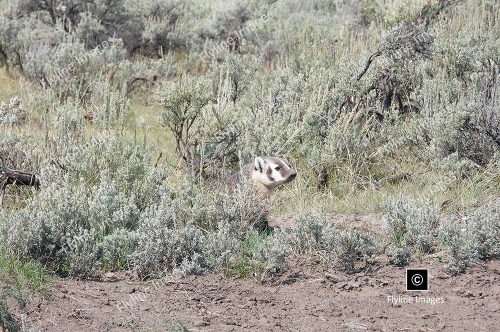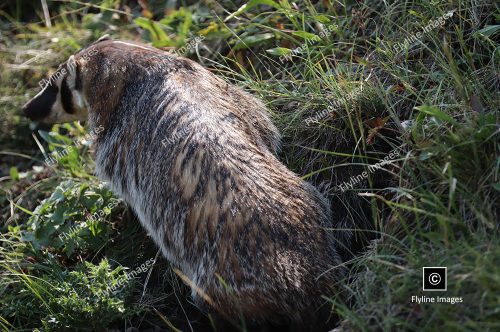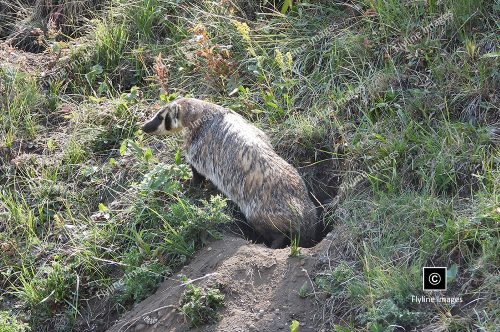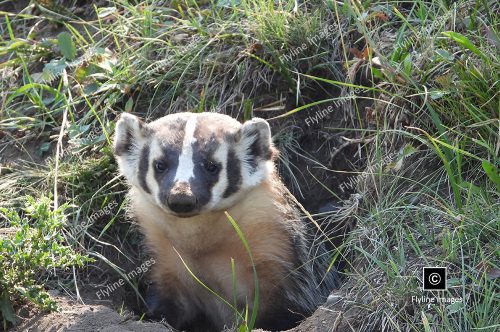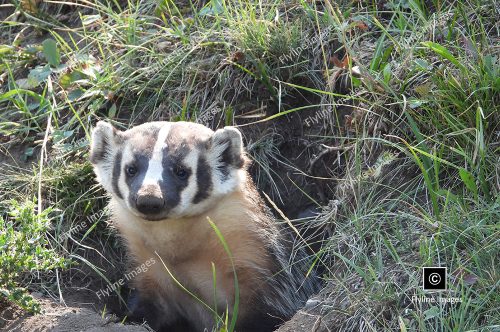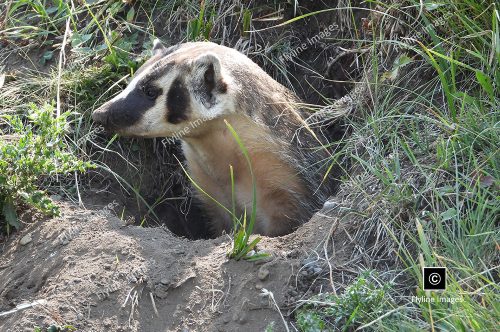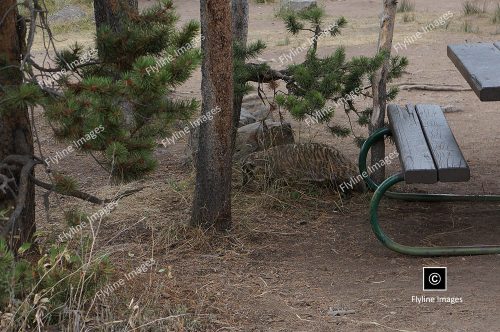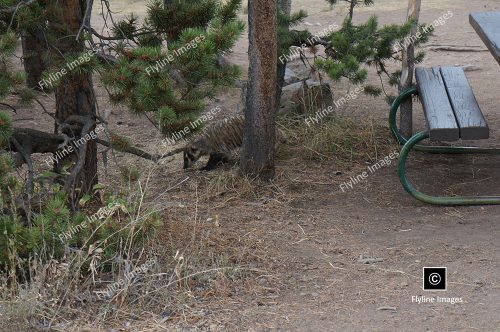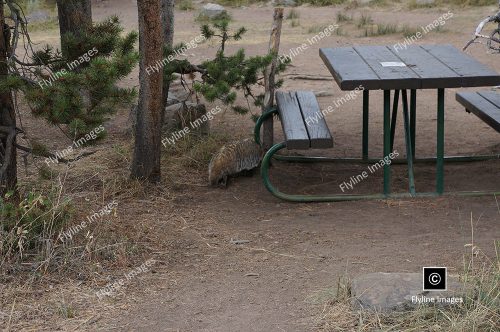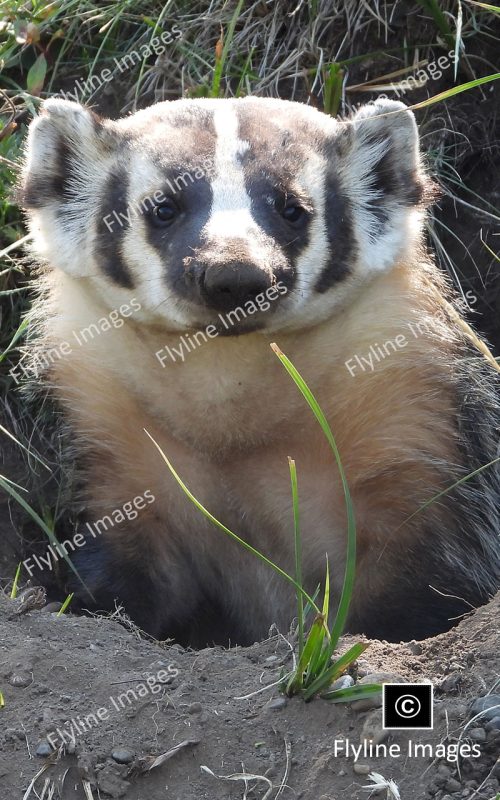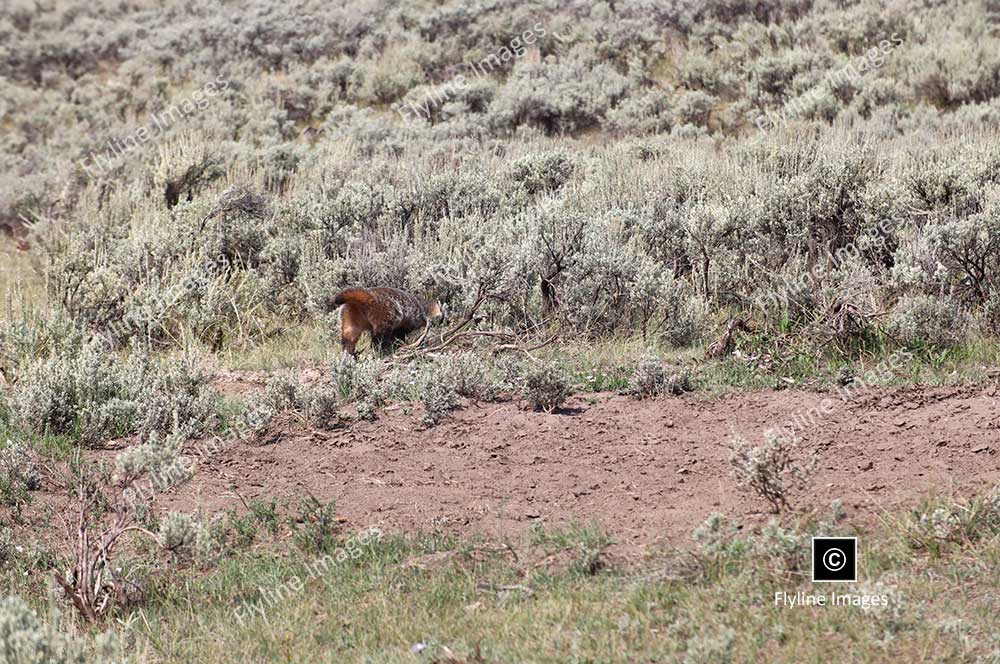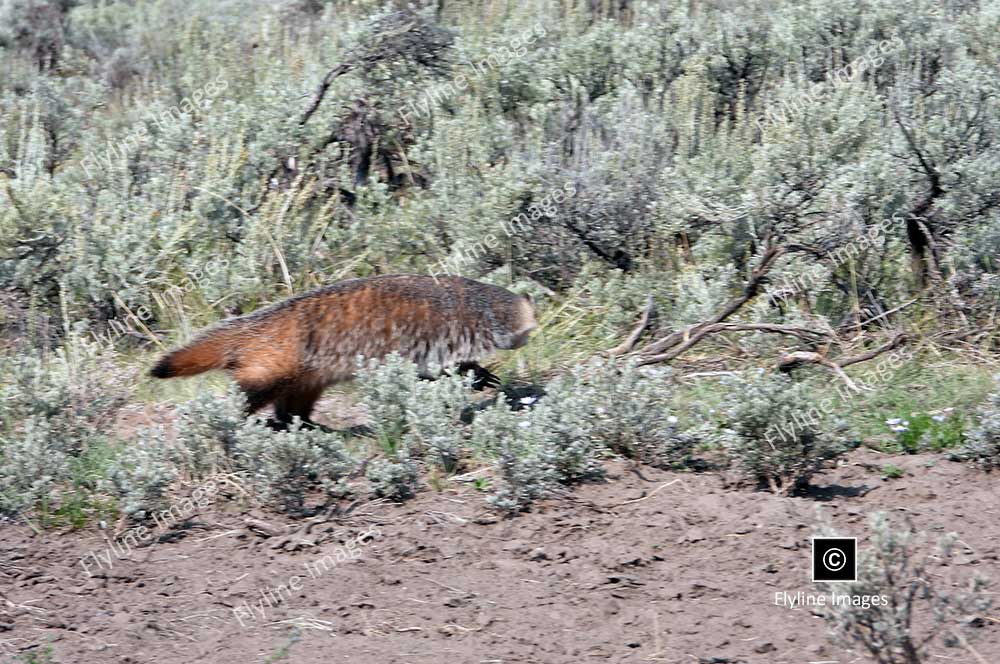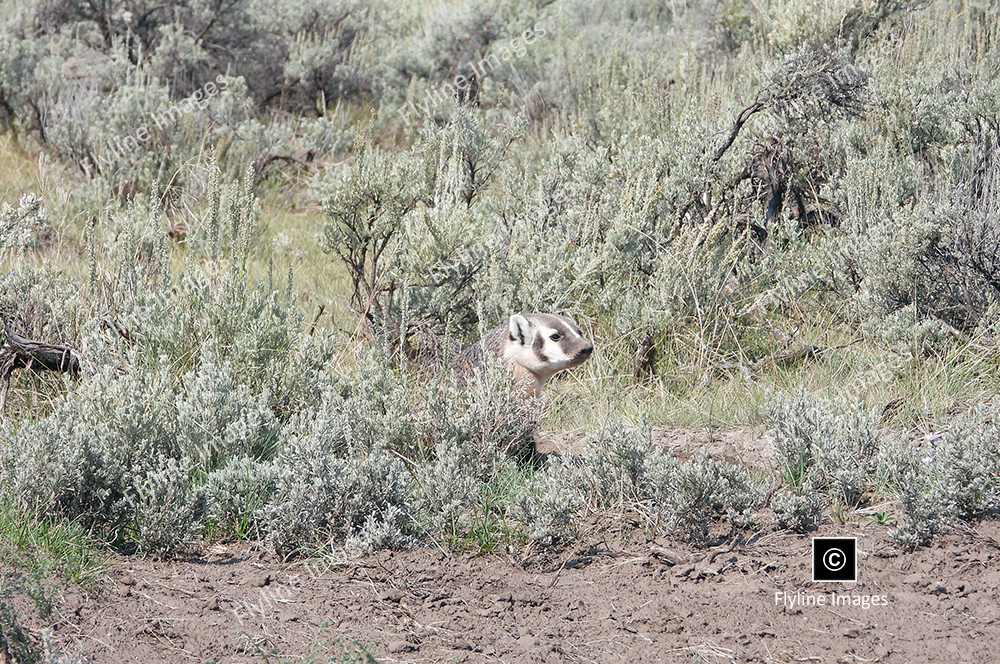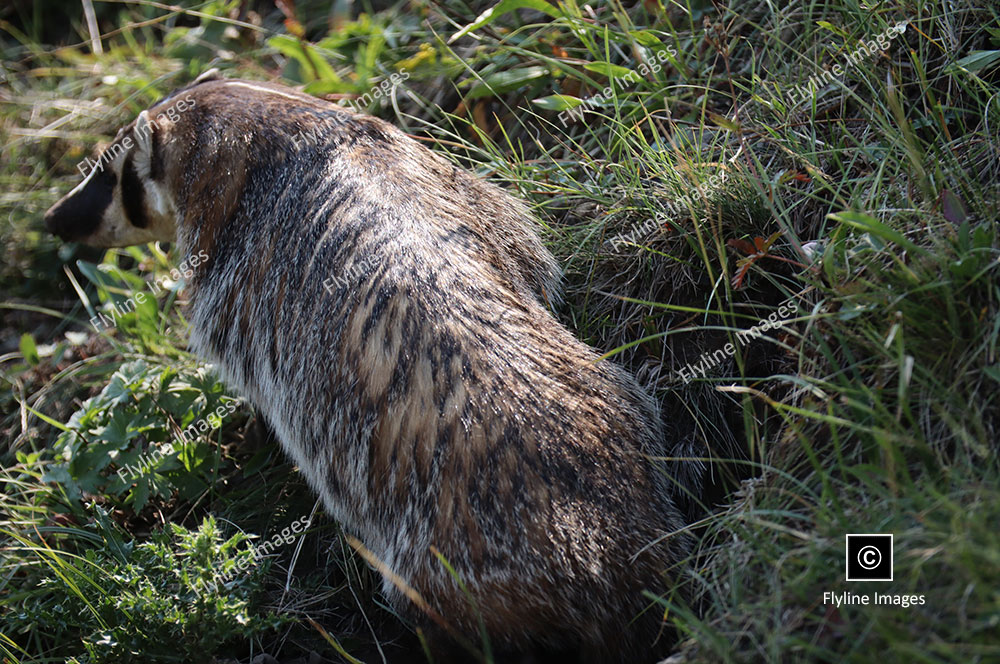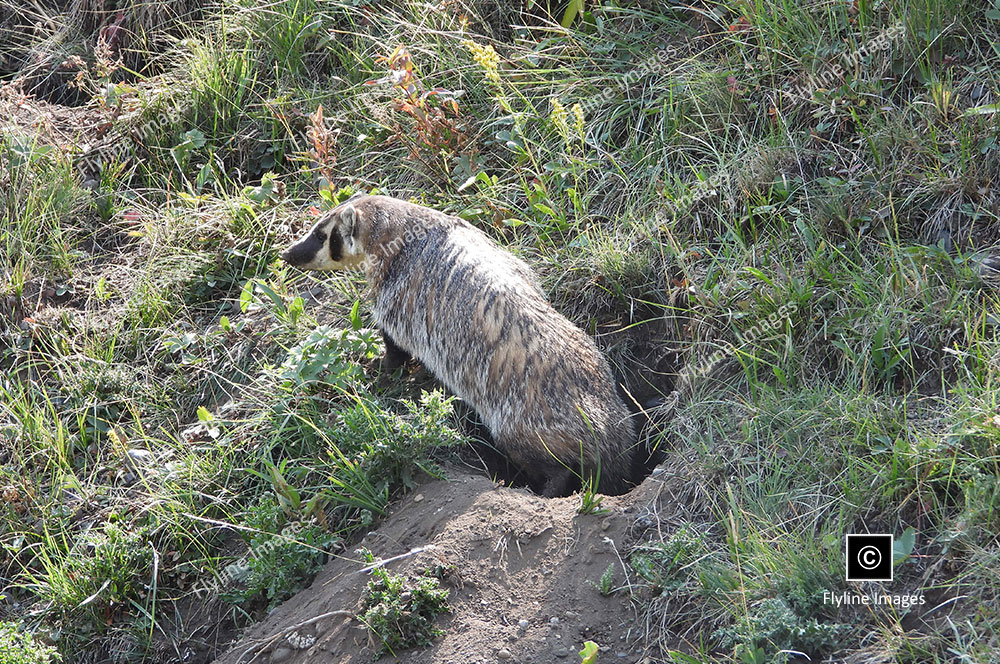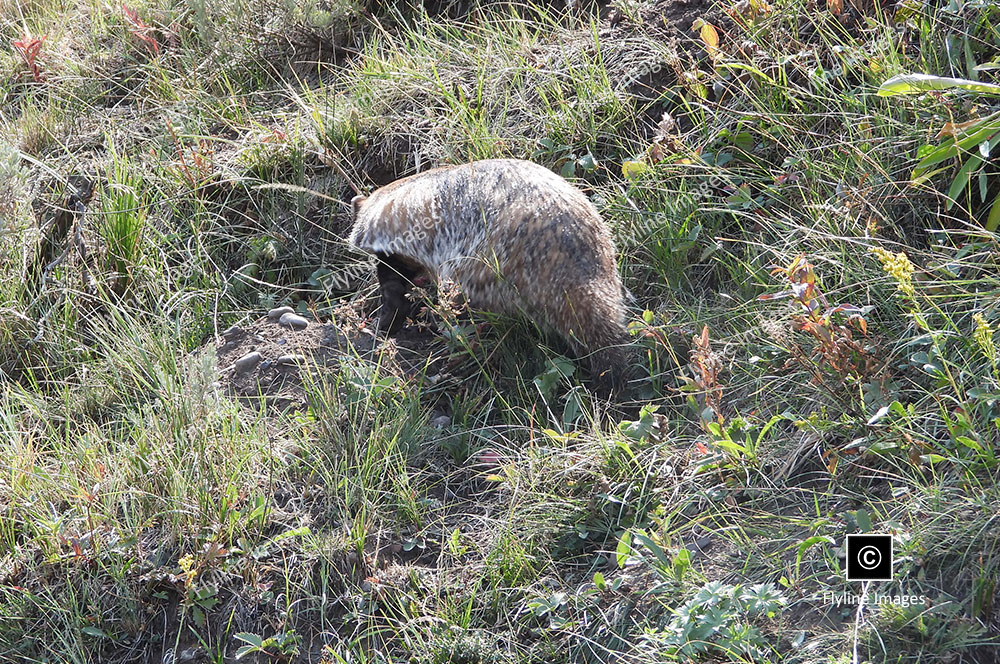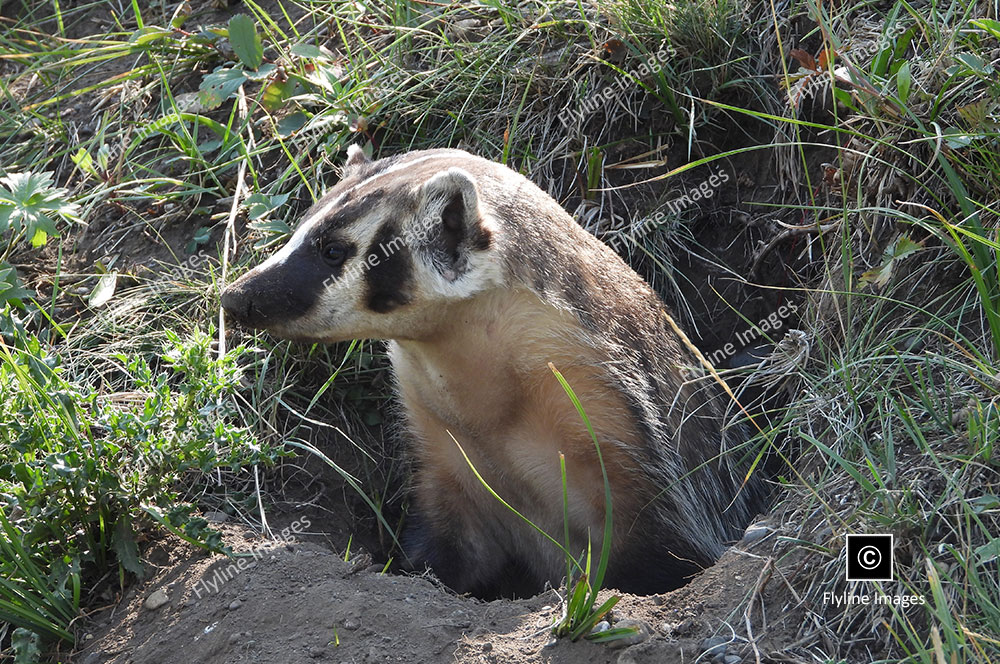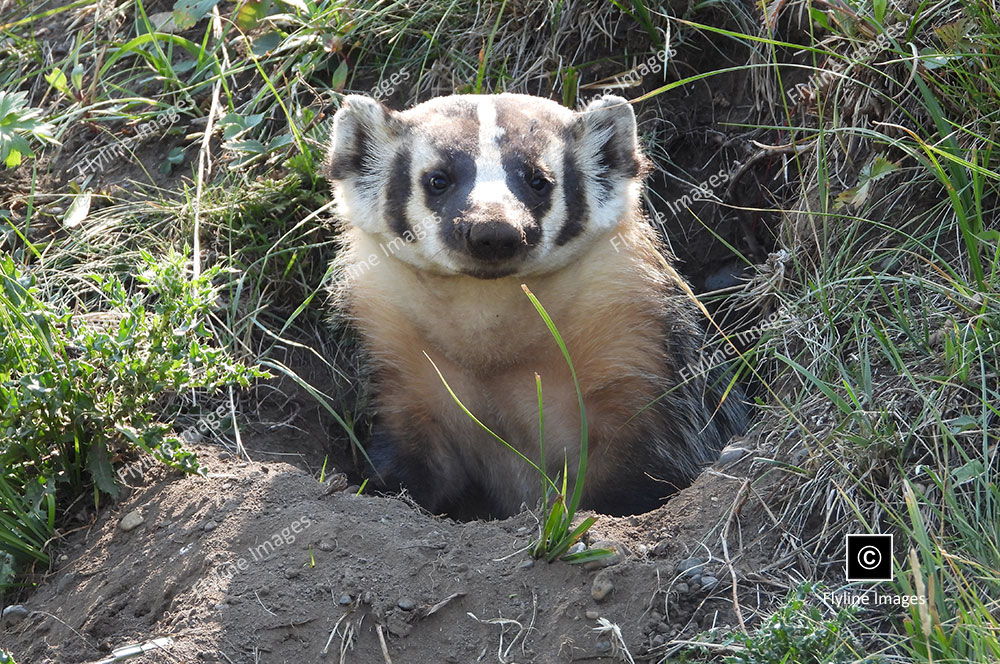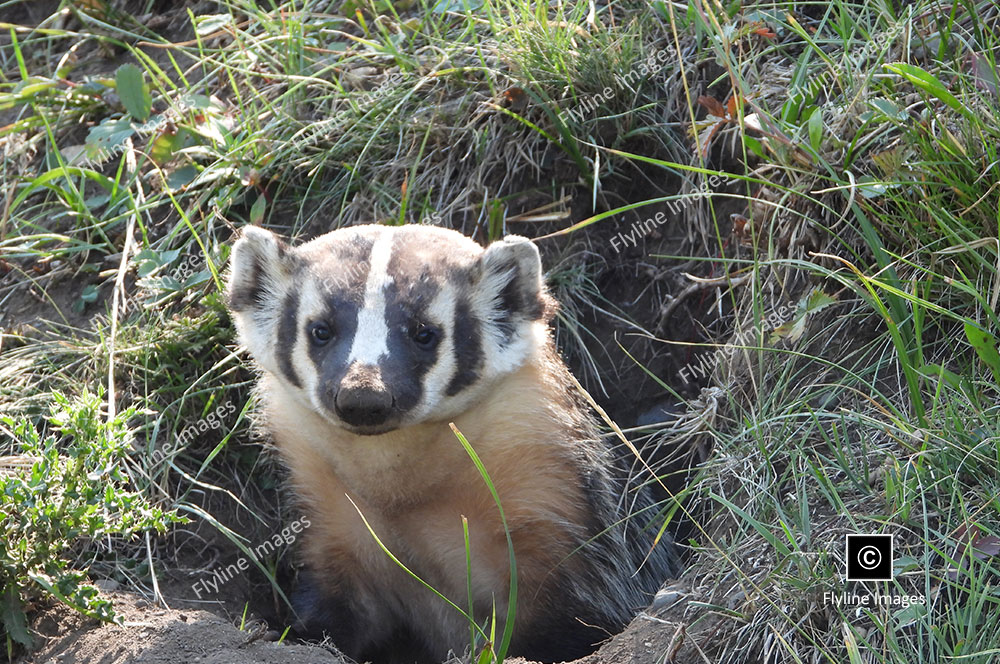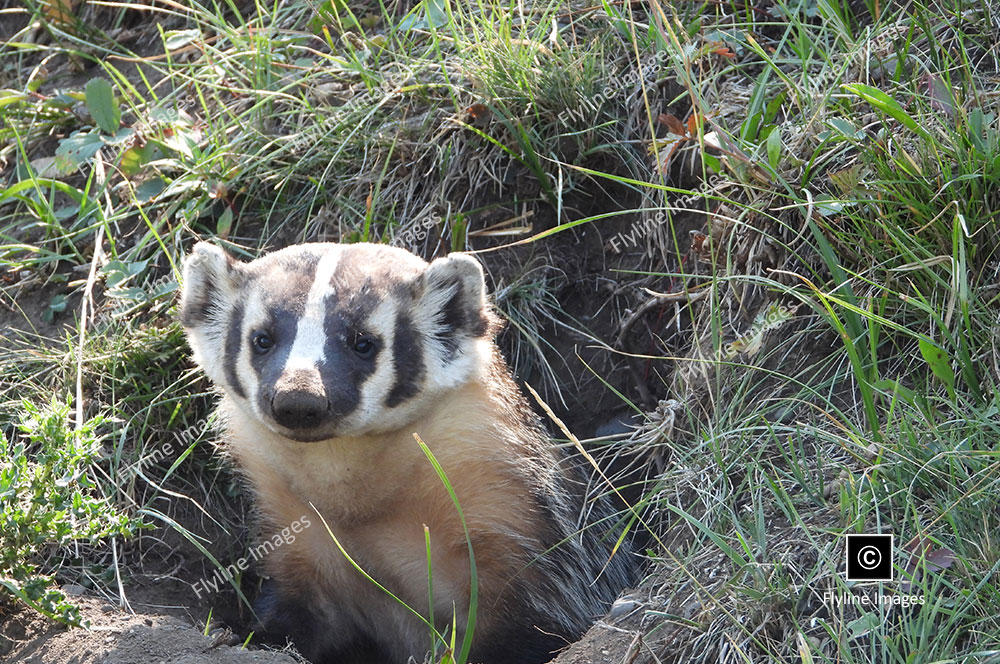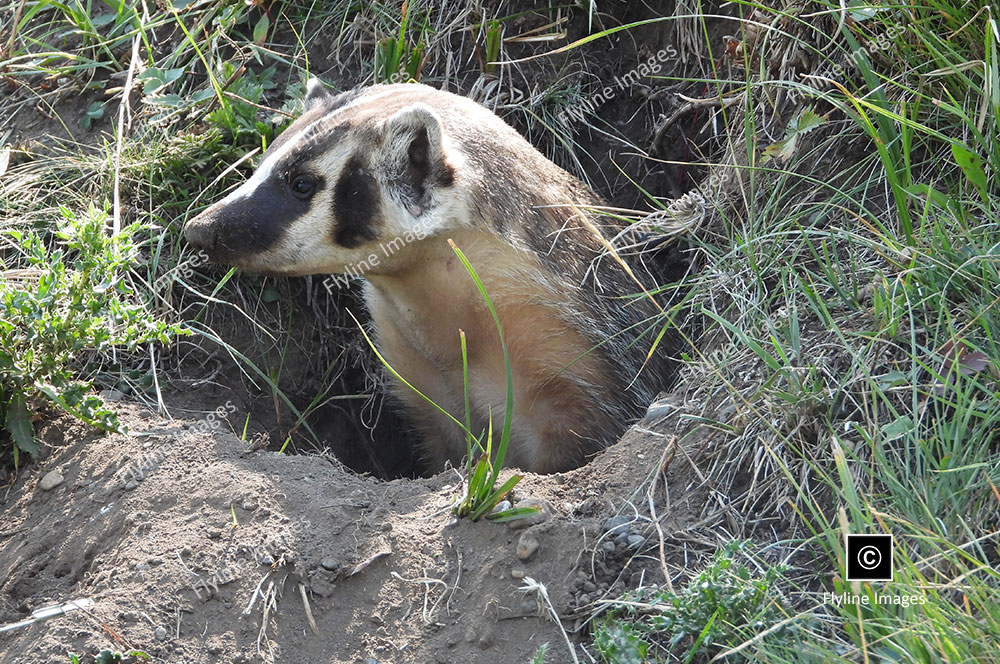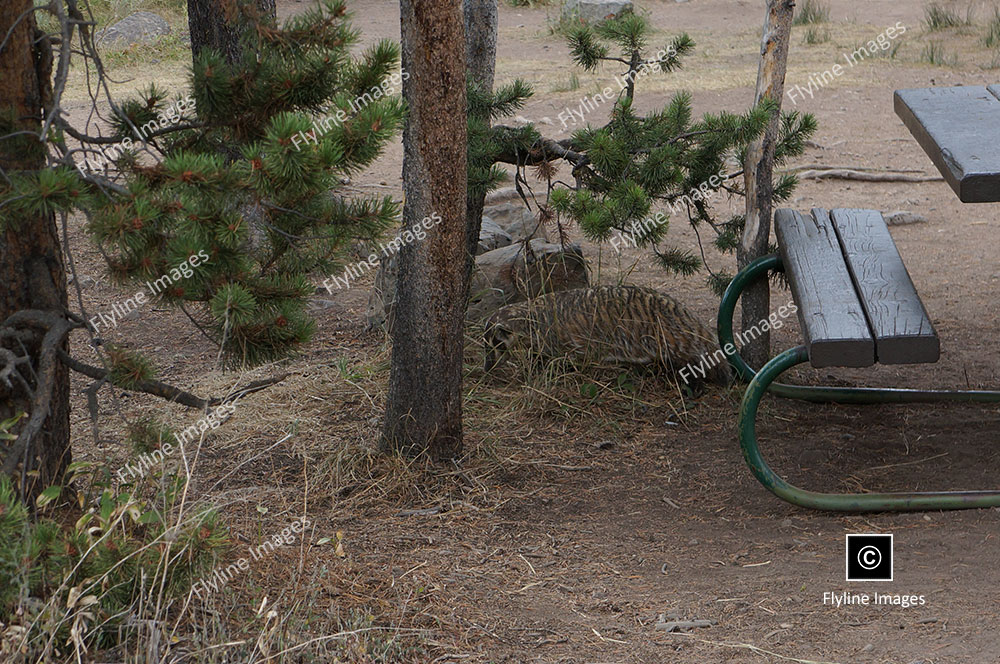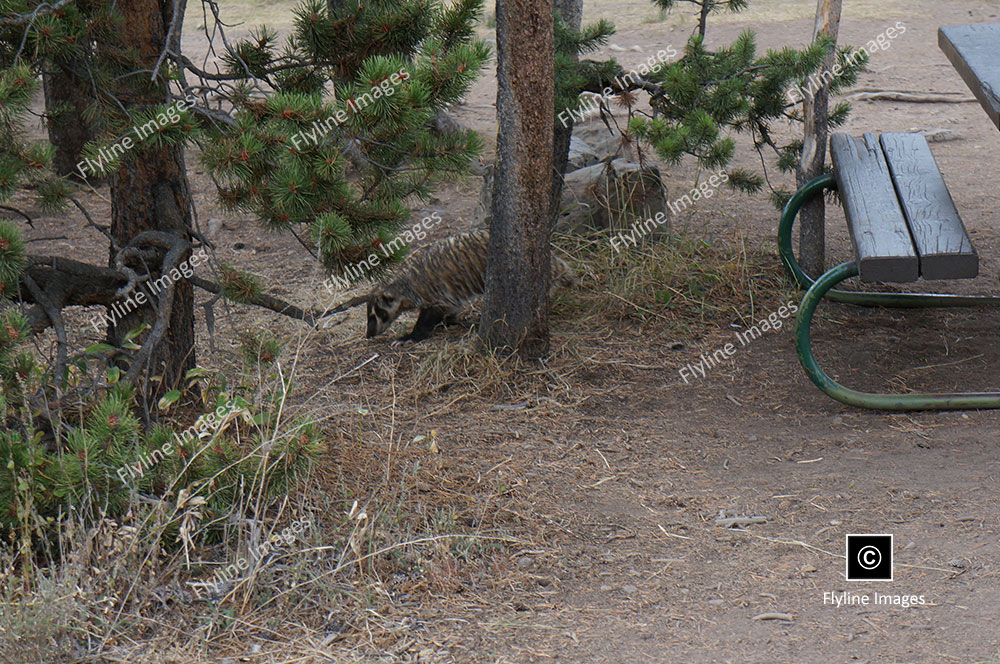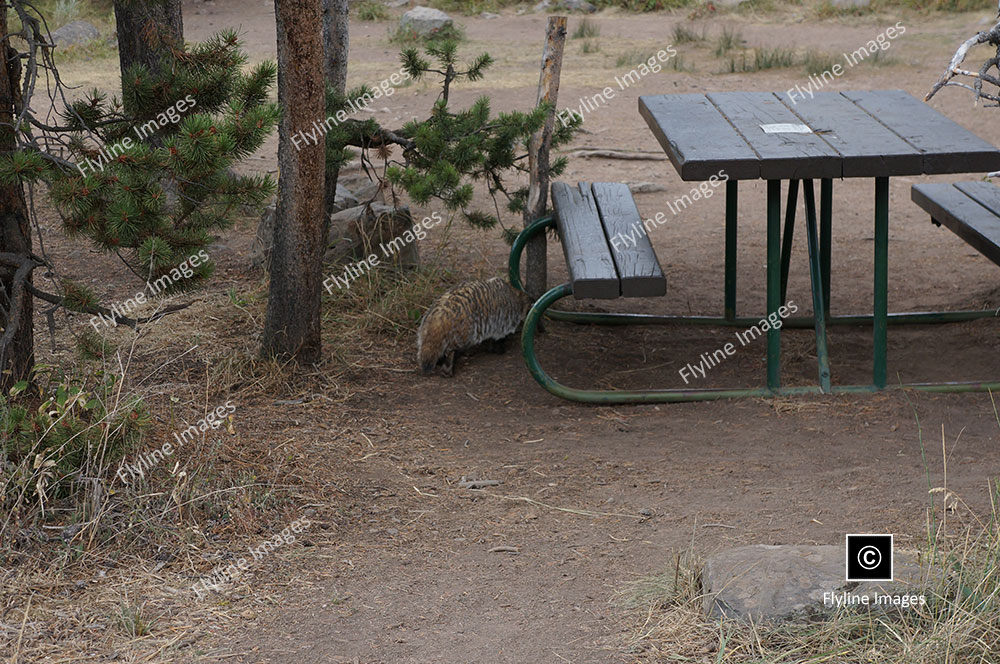Honey Badgers
Honey Badgers In Yellowstone
Honey badgers, known scientifically as Mellivora capensis, do not have distinct species within their classification. Instead, they are a single species with widespread distribution across Africa, the Middle East, and parts of Asia. Despite their solitary species status, honey badgers exhibit a variety of behaviors and adaptations that allow them to thrive in diverse habitats, ranging from dry areas to rainforests. In this section, we will explore some of the key characteristics and behaviors that make honey badgers such unique creatures.
Portfolio Style Images
More About Honey Badgers
Yellowstone Honey Badgers, though not a recognized species distinct from the widespread honey badger (Mellivora capensis), have captured the imagination of many due to their reputed resilience and strength. These creatures, emblematic of the African, Asian, and Indian landscapes, would theoretically adapt well to Yellowstone’s varied environs, showcasing their renowned adaptability. True honey badgers are characterized by their impressive physical and behavioral traits, such as a robust and fairly immune constitution that allows them to withstand venom from snakes and scorpions. Their diet is omnivorous, spanning from fruit and vegetables to small mammals and, notably, honey. Honey badgers are solitary animals, known for their fierce and tenacious nature, often facing off against much larger predators. They have a remarkable ability to use tools, such as using sticks or rocks to extract food or dislodge obstacles. This combination of intelligence, strength, and versatility would make them fascinating, albeit hypothetical, inhabitants of Yellowstone.
The introduction of Yellowstone Honey Badgers brings up an interesting discussion about the idea of introducing non-native species into a new environment. While honey badgers are well-suited for their native habitats, it is uncertain how they would fare in the unique ecosystem of Yellowstone National Park.
In recent years, there has been a debate over whether or not to introduce non-native species into national parks, with some arguing that it disrupts the natural balance and can harm native species. However, there are also arguments for introducing non-native species as a way to diversify and strengthen the ecosystem.
In the case of Yellowstone Honey Badgers, their presence could potentially provide competition for native predators such as coyotes and wolves, potentially leading to a more balanced ecosystem. On the other hand, their predatory nature could also have negative effects on smaller native species.
Overall, the introduction of non-native species is a complex and controversial topic that requires careful consideration of both potential benefits and consequences. While Yellowstone Honey Badgers may be a captivating addition to the park, their impact on the existing ecosystem must be thoroughly evaluated before any action is taken. So, it is important to carefully weigh the risks and benefits before making any decisions about introducing non-native species into new environments. This also highlights the importance of responsible preservation and conservation efforts in maintaining the delicate balance of natural ecosystems.
As visitors to national parks, it is our responsibility to respect and protect these habitats for both native and non-native species alike. Only then can we truly appreciate and admire the diversity and resilience of creatures like the Yellowstone Honey Badger. So, let us continue to learn more about these fascinating animals and their potential role in our ecosystems while also advocating for responsible stewardship of our natural world.


